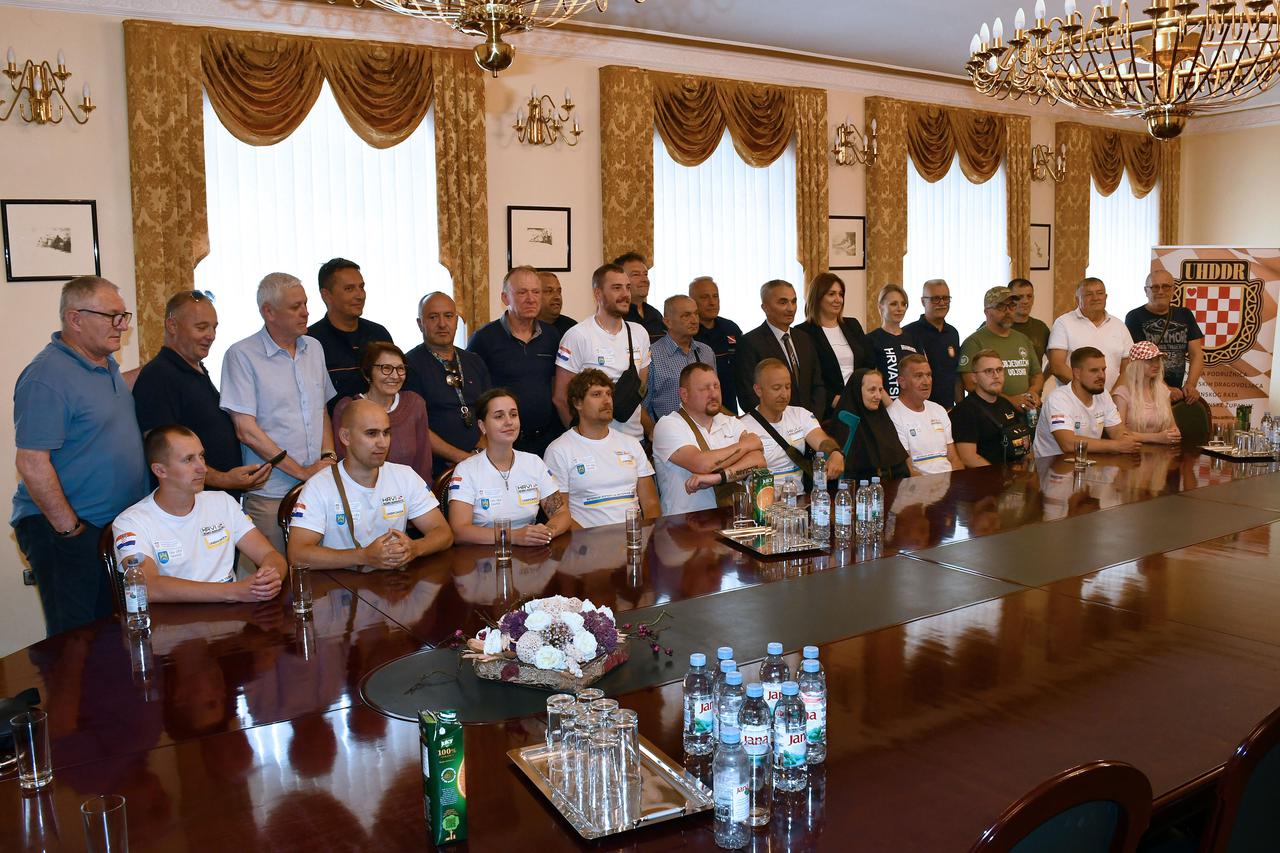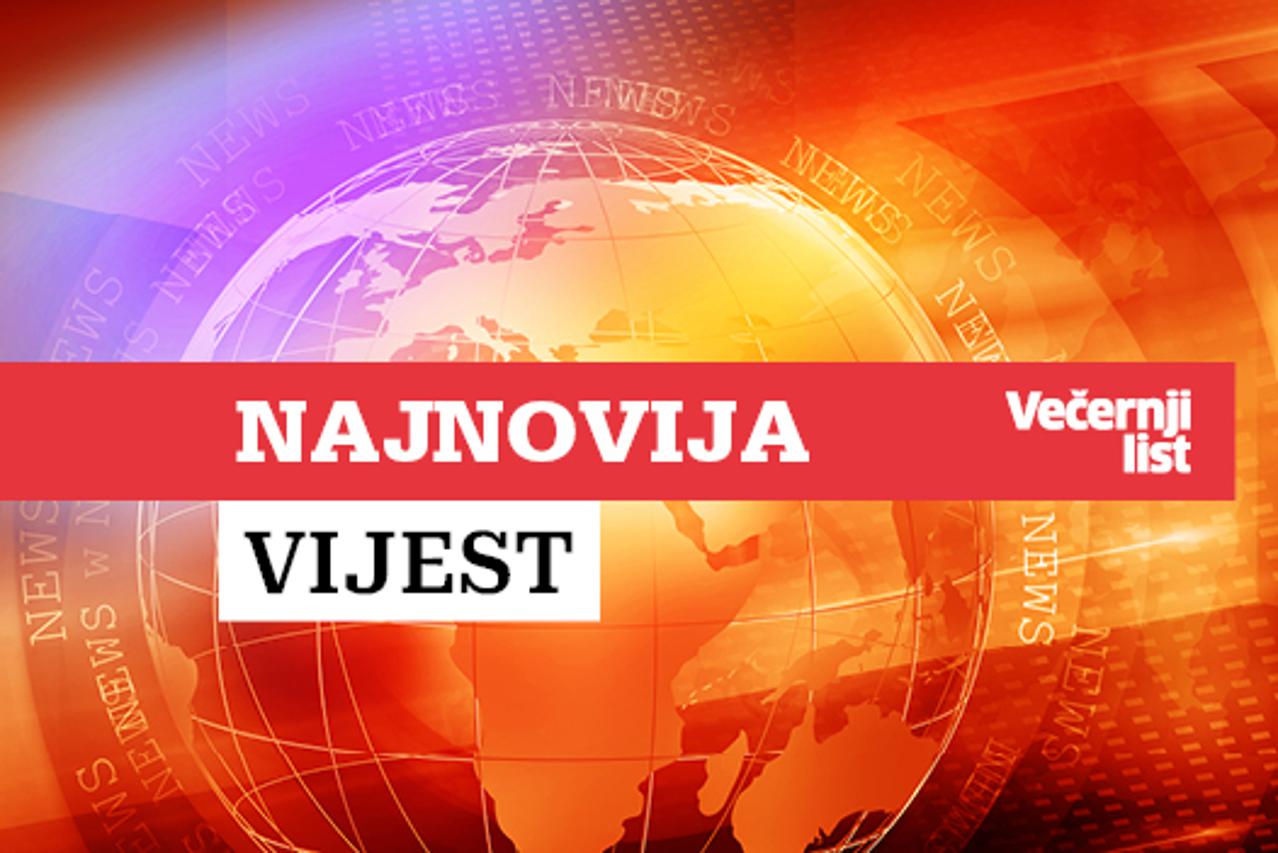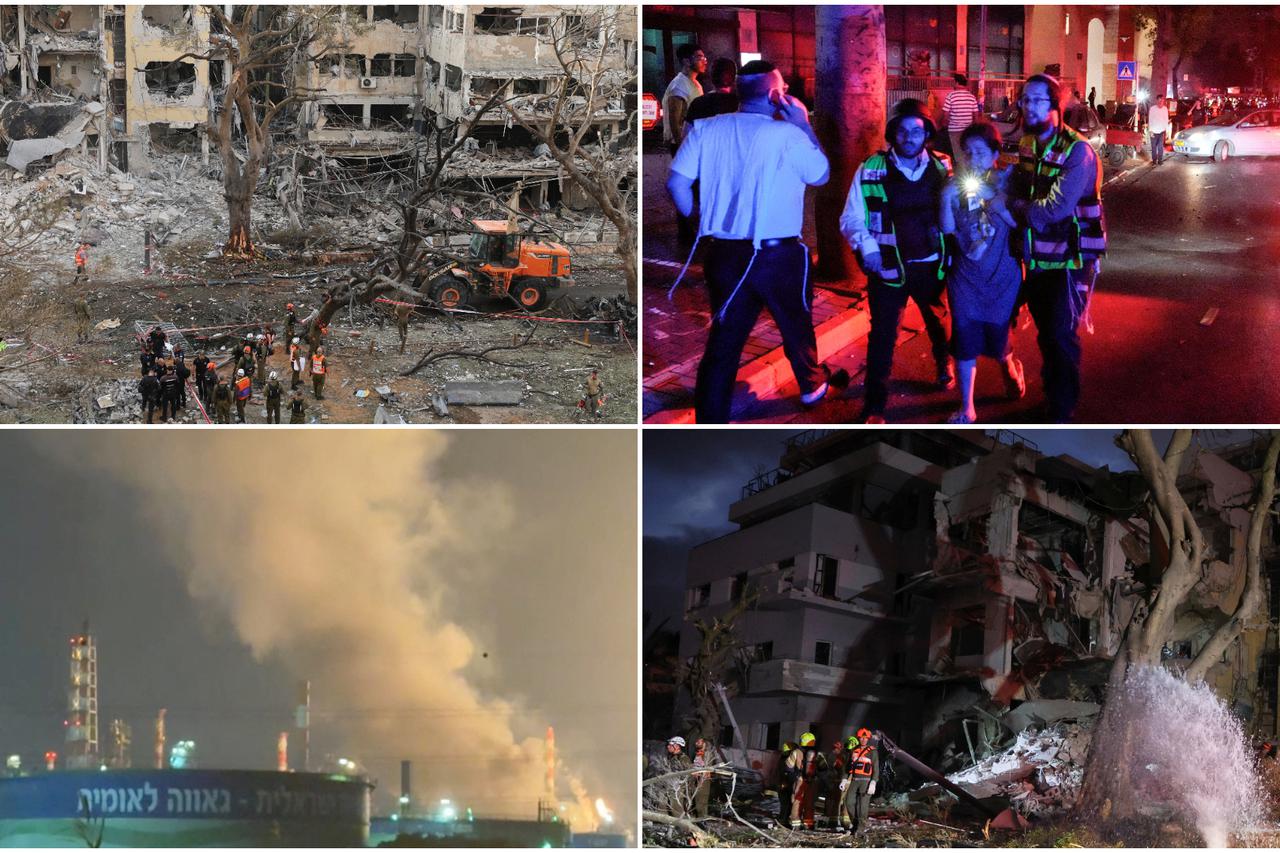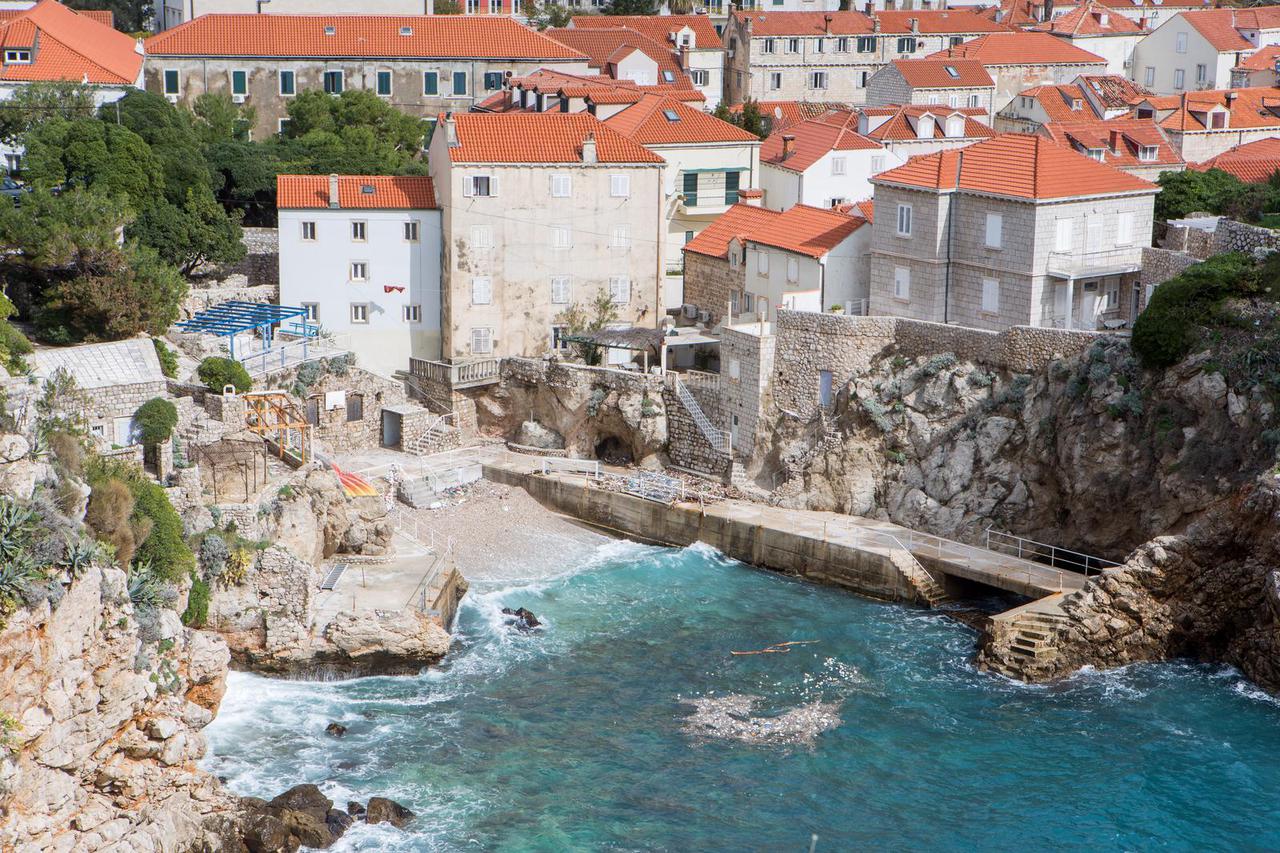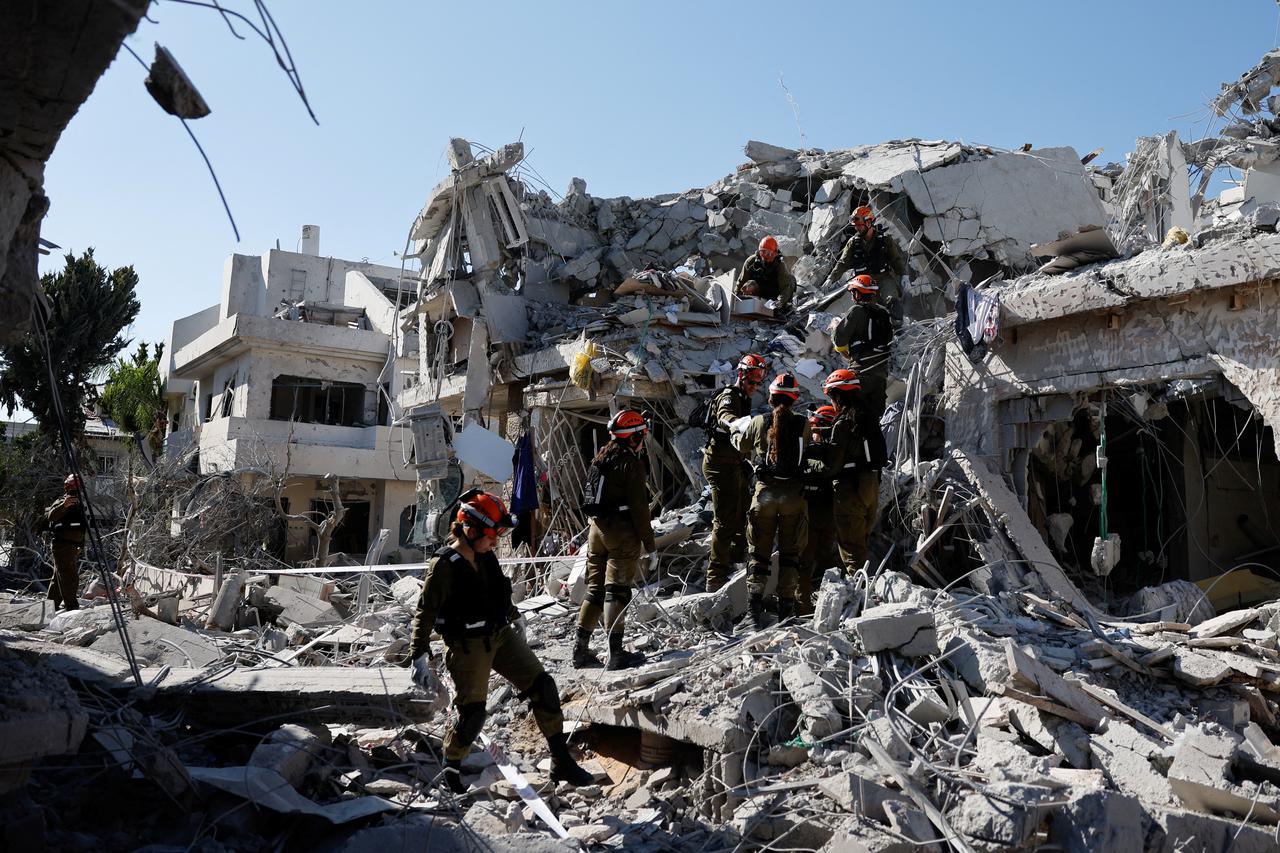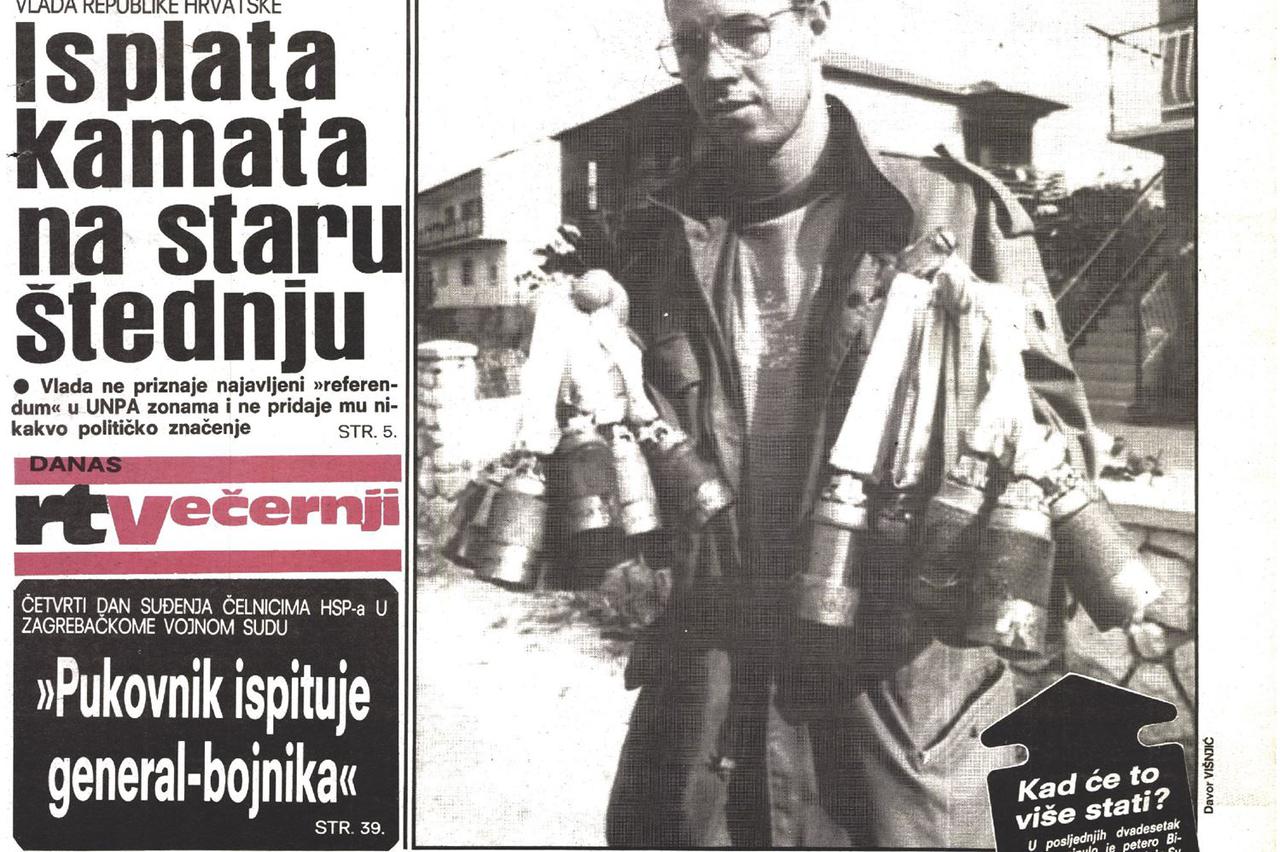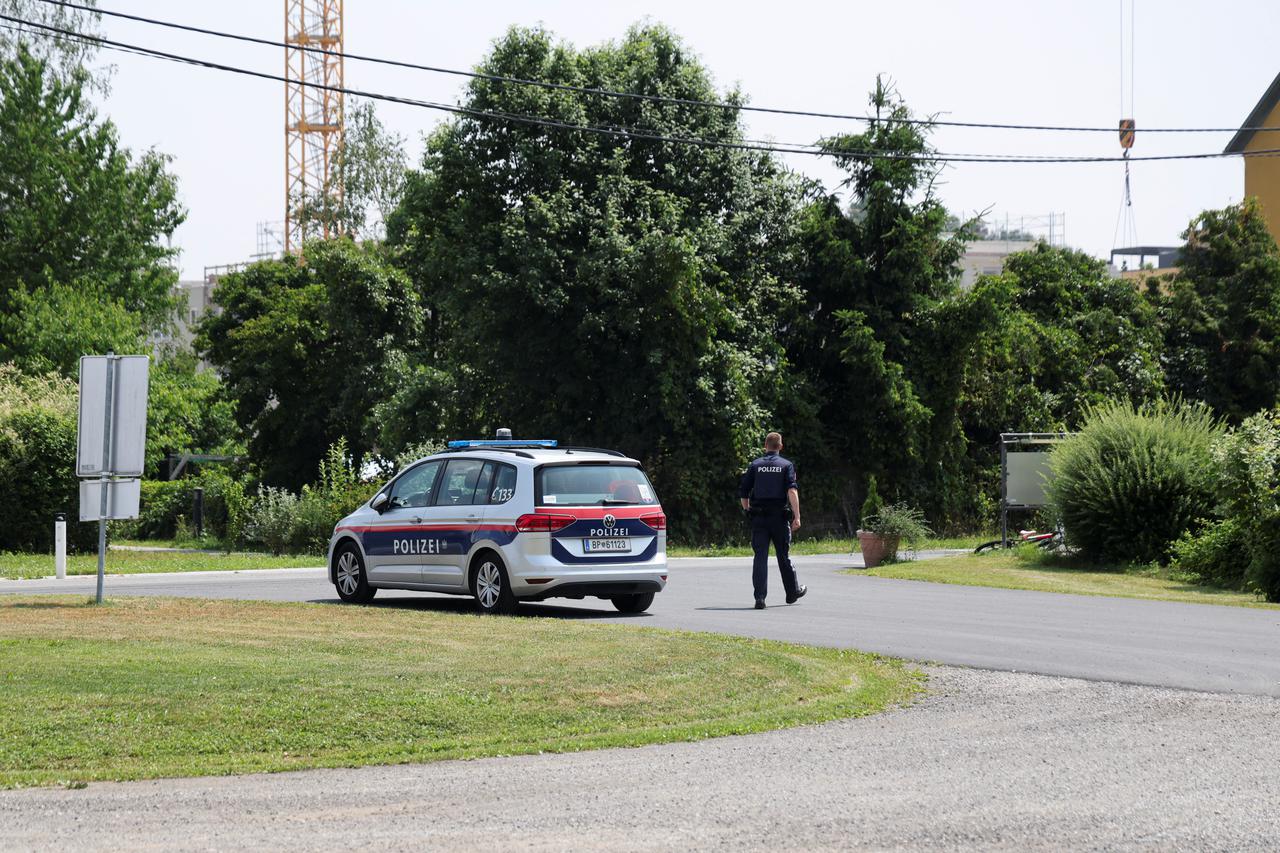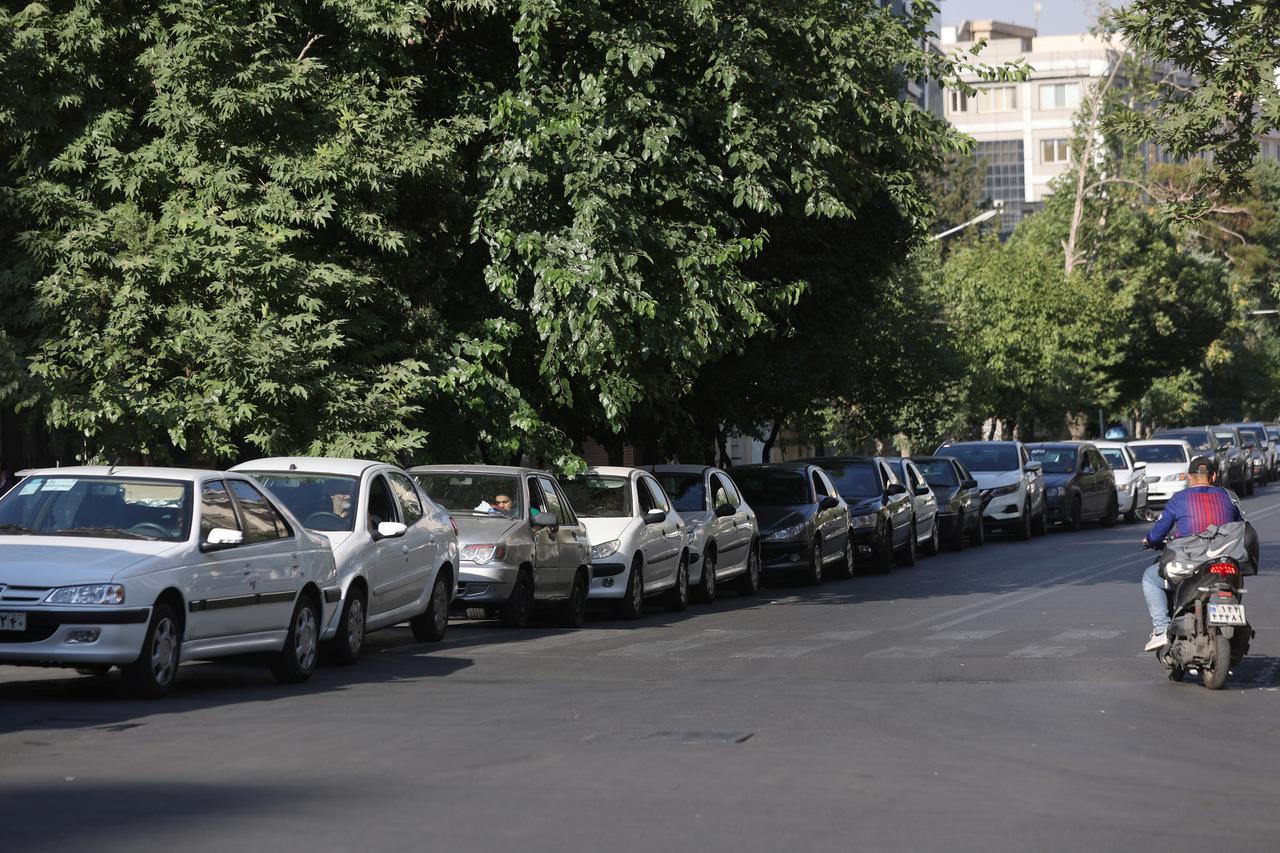Countries of the eastern NATO wing are intensively preparing their hospitals for a potential war conflict, especially in light of the Russian invasion of Ukraine. These preparations include stockpiling medical supplies, training medical staff for wartime conditions, equipping with protective vests and helmets, and developing underground operating rooms and shelters. Estonia, Lithuania, Latvia, and Poland conduct military and civilian exercises to ensure healthcare system readiness. Investments are also made in technologies such as satellite phones and independent internet networks to maintain communication if traditional networks fail. Shortages of medical personnel and potential desertions during war pose challenges. The Ukraine conflict shattered the illusion of European safety and demonstrated the vulnerability of civilian healthcare facilities to attacks. These countries are therefore taking measures to increase intensive care capacity and develop mobile medical units for emergencies.
Political Perspectives:
Left: Left-leaning sources emphasize the humanitarian and civilian impact of the conflict, highlighting the strain on healthcare workers and the need for international solidarity and support for medical personnel. They focus on the challenges faced by healthcare systems in Eastern Europe due to geopolitical tensions and stress the importance of preparedness to protect civilians.
Center: Center-leaning sources report on the practical measures taken by Eastern NATO countries to prepare their healthcare systems for potential conflict, focusing on the strategic and logistical aspects such as stockpiling supplies, training, and infrastructure upgrades. They present the situation as a necessary response to increased regional security threats without heavy political bias.
Right: Right-leaning sources tend to emphasize the threat posed by Russia and the necessity of strong defense and readiness measures. They highlight the military and security aspects of hospital preparations, framing them as part of broader national security and defense strategies. The narrative often underscores the urgency and inevitability of conflict, justifying increased military and civil defense spending.










